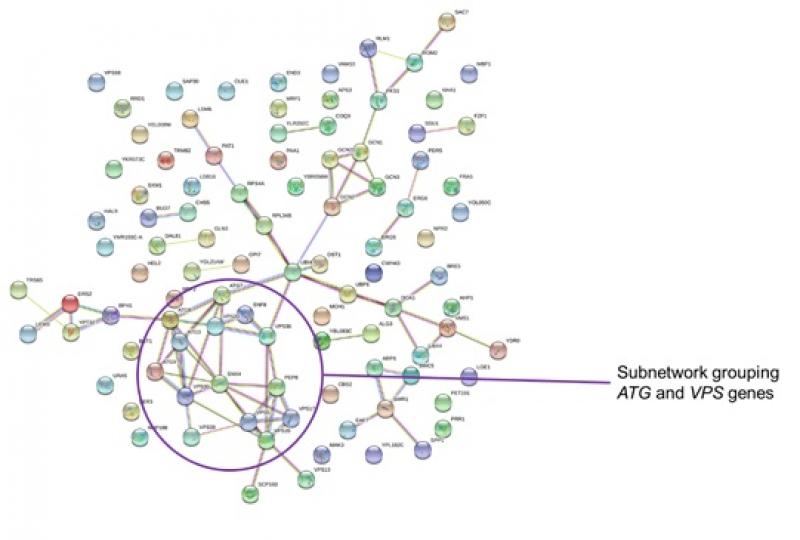Sulphur dioxide and its salts are among the most widely used preservatives in food and beverages. Although these agents contribute to both the chemical and microbiological stabilisation of food, in this work we have focused in the latter. In the case of wine, the main fermentative yeast, Saccharomyces cerevisiae, is usually more resistant to sulphite than other yeasts and bacteria. In this way, the sulphite treatment of grape must adds to the natural advantages that this species already possesses to dominate the fermentation of the wine. However, some spoilage species can also be highly resistant to sulphite. The main genetic and physiological feature making S. cerevisiae tolerant to sulphite are well known and depend on the activity and variations of two genes, FZF1 and SSU1. However, in this work some 4500 strains of S. cerevisiae that are not sulphite-tolerant are used to identify other resistance mechanisms. The study was performed by MicroWineLab group, from ICVV, which is led by Ramón González and Pilar Morales. The main finding of the study is that autophagy is very important for yeasts to be able to tolerate sulphite. Autophagy is a "cleaning" process within the cell and may be necessary to recycle proteins that have been damaged by sulphite. The same mechanism could affect spoilage yeast species, both in wine and other foods. This finding could serve in the future to improve the effectiveness of sulphite treatment, and eventually achieve better results with milder treatments. This would be very interesting in a context where there is regulatory and commercial pressure to reduce the sulphite content of wines. This work was funded by the Spanish Ministry of Science, Innovation and Universities and European Union through grant AGL2015‐63629‐R (MINECO/FEDER UE); and Junta de Andalucía through grant AGR6544. JT is funded by FGCSIC by the COMFUTURO program.
More information:
https://sfamjournals.onlinelibrary.wiley.com/doi/full/10.1111/1751-7915....








